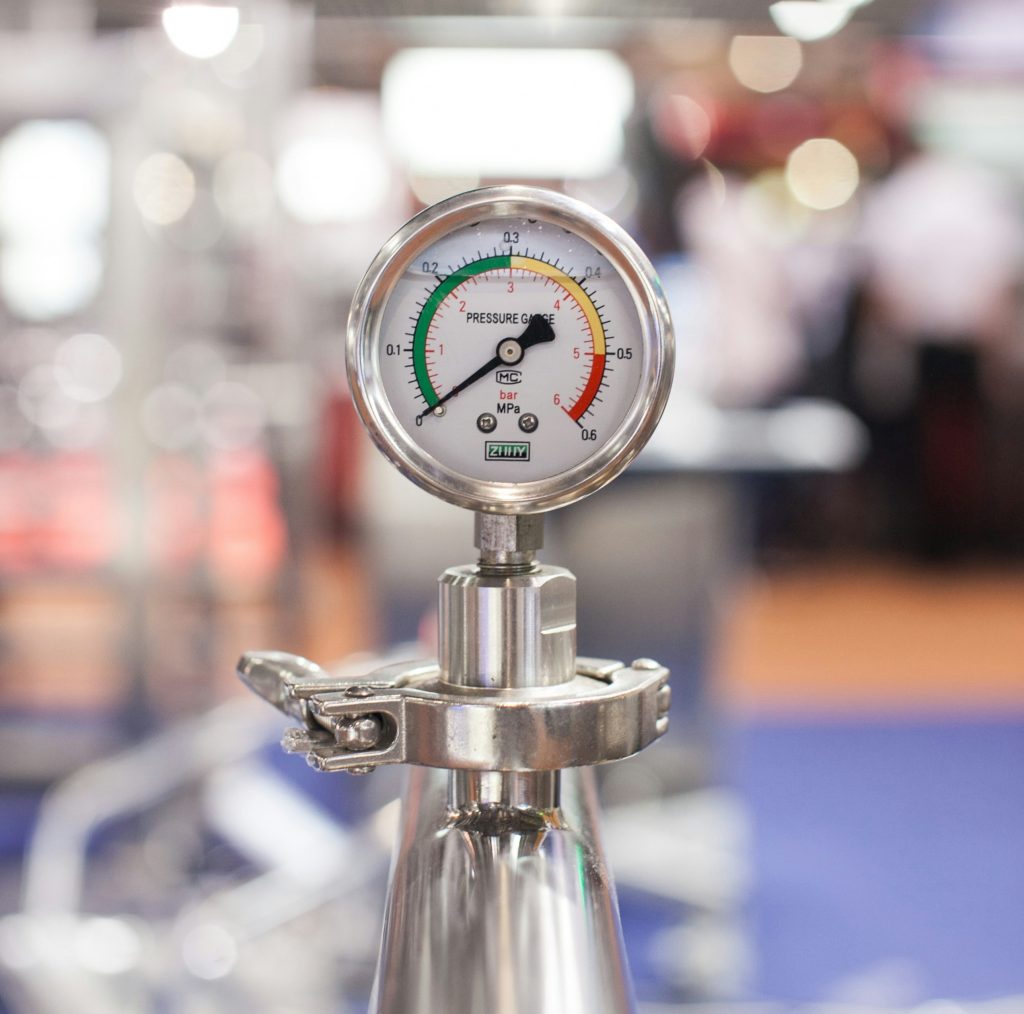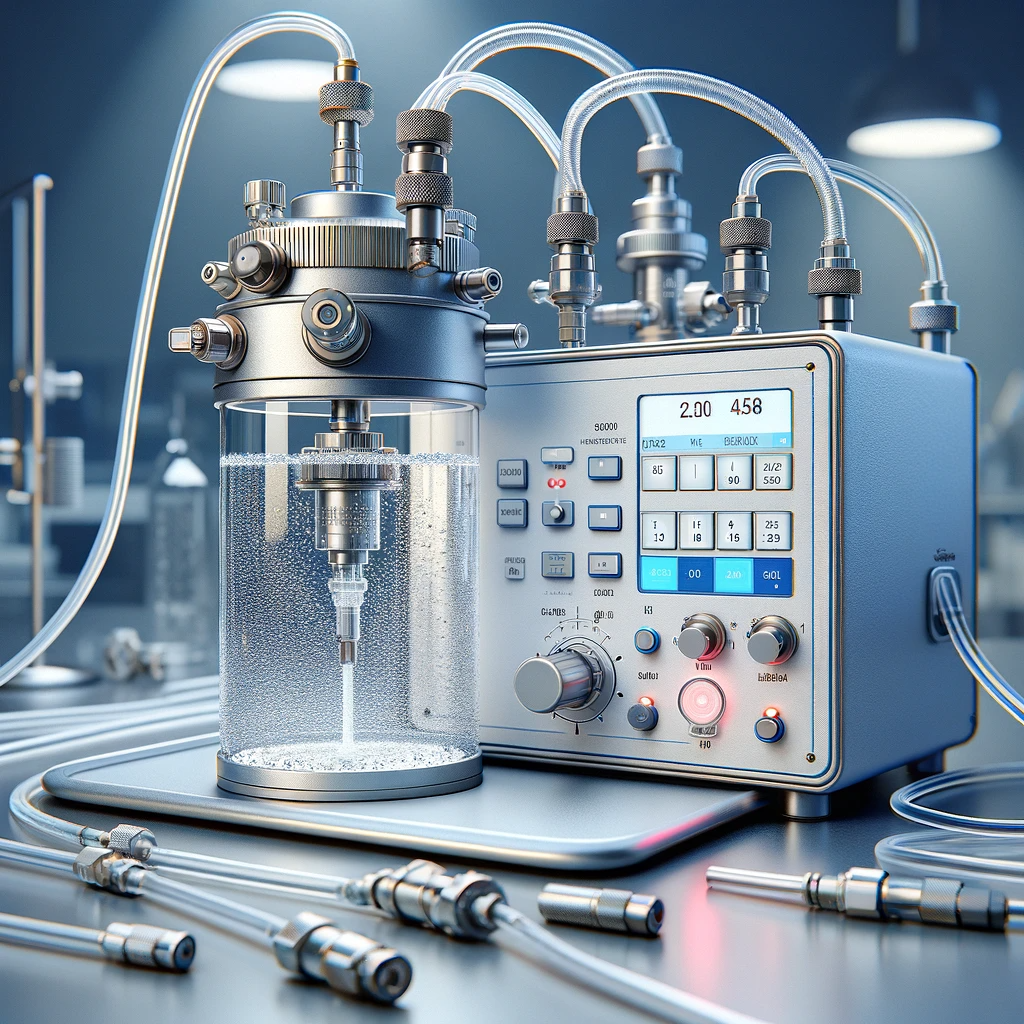When it comeVacuum pressure controllers serve as the unsung heroes in the realm of test and measurement, acting as sophisticated valves that tirelessly work to maintain optimal pressure levels within closed systems. In this blog post, we’ll take a look at the intricate workings of these controllers and explore their pivotal role across diverse applications.
Key Components of Vacuum Pressure Controllers
At the heart of vacuum pressure controllers lie several key components, each contributing to their seamless operation:
Pressure Sensor: Utilizing advanced technologies such as capacitance diaphragms, Pirani gauges, or cold cathode gauges, the pressure sensor detects the current pressure inside the system.
Control Unit: Analyzing data from the pressure sensor, the control unit compares it to the desired setpoint and issues instructions for adjustments.

Valve: The valve, whether mechanical and solenoid-controlled or pneumatically actuated, regulates the flow of gas into or out of the system based on the control unit’s directives.
PID Controller (Optional): For fine-tuning, some controllers incorporate a proportional-integral-derivative algorithm, ensuring precise pressure control with minimal overshoot or undershoot.
Applications in Test and Measurement
In various test and measurement applications, the versatility of vacuum pressure controllers proves to be instrumental, revolutionizing processes across different fields. One notable application is in material analysis, where maintaining specific vacuum levels is essential for experiments such as surface characterization, gas sorption analysis, and thin-film deposition. This ensures consistent and reliable results, contributing to the precision of scientific endeavors.
Another crucial area is leak detection, where precise pressure control facilitated by vacuum controllers enables sensitive detection. This is achieved by monitoring pressure changes or using tracer gases to identify potential issues, enhancing the reliability of systems in identifying and addressing leaks.
Environmental monitoring benefits from vacuum pressure controllers in air samplers and gas analyzers. Controlling vacuum levels ensures the accurate measurement of trace pollutants and ambient air quality, contributing to a comprehensive understanding of environmental conditions.

Calibration processes also rely on vacuum controllers, playing a crucial role in calibrating pressure sensors and gauges. These controllers create precisely controlled pressure environments, facilitating the assessment of accuracy in measurement devices.
In the realm of vacuum research, fine-grained pressure control is vital. It allows scientists to study material behavior and phenomena under controlled vacuum conditions, ensuring the collection of accurate and meaningful data. The applications of vacuum pressure controllers thus extend across diverse fields, enhancing the efficiency and reliability of various test and measurement processes.
Practical Examples
To illustrate the practical applications, consider the following scenarios:

Testing the leak rate of a sealed container: The controller maintains a constant vacuum, allowing the monitoring of pressure changes over time to identify potential leaks.
Measuring the surface area of a material: By gradually increasing pressure in a chamber, the controller enables the analysis of gas molecules adsorbing onto the material’s surface.
Calibrating a pressure sensor: The controller generates precise pressure levels, and the sensor’s readings are compared to these known values for accurate calibration.
Vacuum pressure controllers stand as indispensable tools, ensuring accuracy, reproducibility, and efficiency in various test and measurement applications. Their ability to provide precise and automated control of vacuum environments underscores their importance in advancing scientific research and technological development across diverse fields.